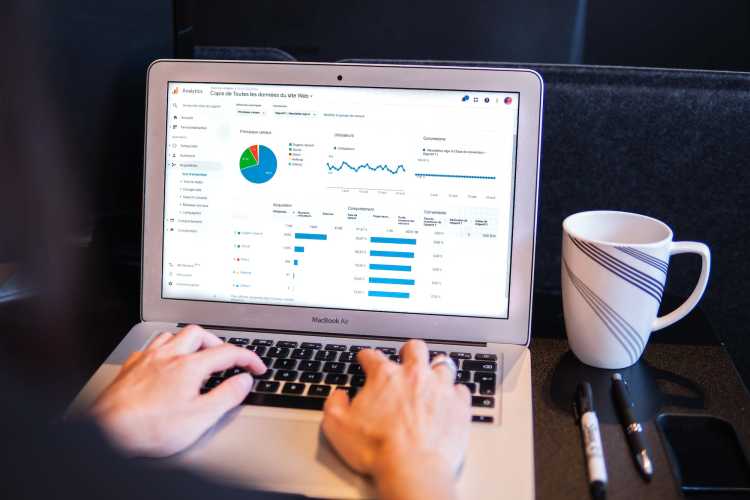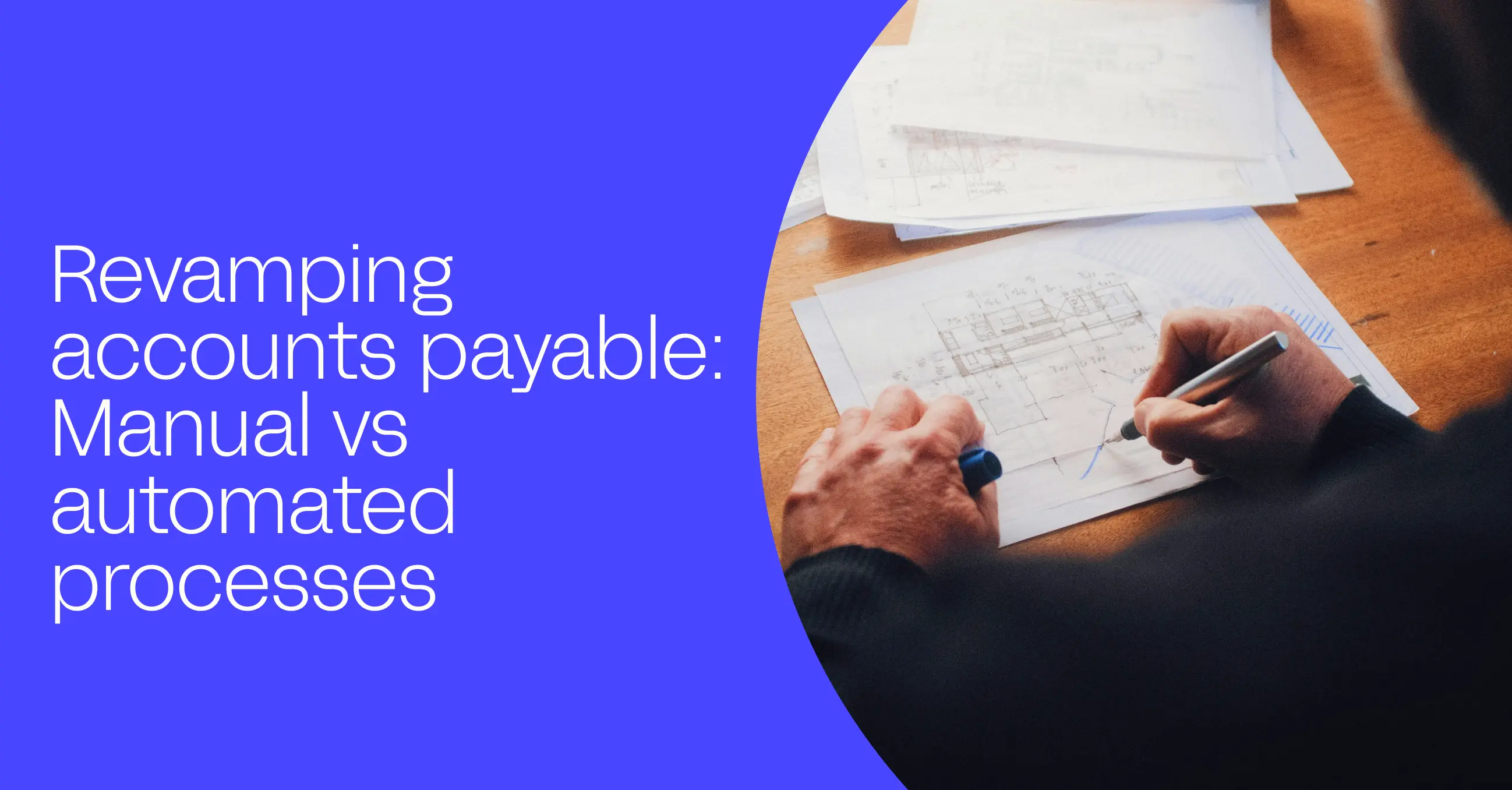How source-to-pay works
Jo McCann
| May 19th, 2021
Source-to-pay goes beyond submitting and collecting RFPs to prospective suppliers or vendors—it supports a strategic identification process through data analytics, promoting business needs before they impact operation and improving the selection process before decisions are finalized.
Sourcing a new vendor or product has traditionally occurred over long windows of time, sometimes years. Research and development, quality assurances, negotiations, language barriers—each of these factors can contribute to sourcing timeframes.
For these reasons, businesses turn to automation and big data to overcome and minimize less than ideal lead times, bringing products and services to clients faster and more efficiently.
What is source-to-pay?
Source-to-pay isn’t a new idea. In fact, it has been developing for the last twenty years following a published article by the ERP platform Oracle who saw e-procurement as an opportunity for all businesses to streamline interrelated activities around procurement that otherwise relied on slow-moving practices. As consumer expectations for fast turnarounds increase, businesses need faster sourcing to meet demand.
Source-to-pay (S2P) is the end-to-end process of assessing current vendors and vetting new vendors through automation, taking strategic applications of digital procurement further by including sourcing. Specifically, S2P seeks to automate laborious manual steps in the sourcing process. With the use of software that relies on big data, technology, and digital networks, S2P dramatically improves efficiency when choosing, negotiating with, and onboarding new suppliers or vendors.
How is source-to-pay different from procure-to-pay?
Source-to-pay and procure-to-pay operate in tandem. Procurement automation focuses on the purchase order cycle, fulfilling the steps from order submission to invoice processing. Source-to-pay adds on the steps leading up to procurement by utilizing automation for vendor sourcing and selection, in addition to existing procurement automation, providing a competitive advantage in the digital age.
These initial steps in the sourcing process are traditionally manual, involving complex RFx compilation and review. Each new business need kicks off a process that requires hours of manual input and potentially forces procurement teams to compromise on availability through a current supplier base rather than engaging in strategic sourcing.
The steps involved in S2P
Source-to-pay goes beyond submitting and collecting RFPs to prospective suppliers or vendors—it supports a strategic identification process through data analytics, promoting business needs before they impact operation and improving the selection process before decisions are finalized.
Demand
A business need has been identified. This may be a part needed for a new product line but it can also be the need for new or better pricing or better terms than what exists with current suppliers. S2P software can help to identify when there is a business need before a purchaser or procurement team does so by highlighting potential cost savings available through better spend analysis.
Sourcing
Can the pool of currently contracted vendors fulfill the business need? Do additional vendors need to be contacted? It is more than identifying a vendor that can fulfill the business need, it is also finding the right vendor. Factors include: market trends, cost, available inventory, lead times, past performance, and scalability. S2P uses big data to identify market trends and cost analysis to determine an appropriate vendor pool.
Preparing RFx (RFP, RFQ, RFI)
Vendors, both existing and new, will submit appropriate responses to a business request for proposal, quote, bid, or information. It’s a vendor's opportunity to best represent how they will fulfill the business need. S2P software enables the prospective business to more efficiently review data and analytics based on determined parameters for success.
Contract negotiation & signing
Once a vendor has been selected, contract negotiations begin. Smart contract lifecycle management (CLM) identifies expectations and accountability benchmarks as well as POCs to support the relationship. When both parties agree, the contract is signed. The contract signing step in S2P can be seen as a kicking off point for on-boarding, though information collection from new vendors has likely already begun. AP will need account information for ACH payments, tax documentation, business identification numbers—S2P software automates the manual steps in this stage, speeding up the process, minimizing missed data points and ensuring compliance.
Transition to procurement
At this stage, the process is migrated to the procurement team who can now begin ordering, receiving products or services, and ensuring vendors are paid on time. S2P software makes this transition seamless through a single platform rather than fragmented across various business units, preventing important details of contractual compliance getting lost for the entire contract lifecycle.
Why companies use source-to-pay
Each business will have it’s own reasons for automating procurement activities, but all best-in-class organizations that adopt S2P platforms benefit from one or more of the following:
Accurate supplier onboarding
Incorrect supplier information, or incomplete supplier information, can have significant consequences, including penalties during tax season. Procurement teams know that accurate inventory, budget information, contact details, identified stakeholders, and even net terms are important to the purchasing cycle. An error or knowledge gap in one or more of these elements may result in an entire purchasing cycle needing to be repeated. The overall impact of that kind of delay can be difficult to overcome with end users who rely on the product or service to fulfill their jobs.
Minimize manual work
Research shows that human error is inevitable. In simple spreadsheets, the likelihood can be as high as 40%; nearly doubling in probability when complex spreadsheets are involved. Source-to-pay automation can reduce those errors to less than 1%. And while some may argue that manual data entry can also have low error probability, achieving this involves additional manual labor, keeping key team members tied up in data entry and reentry.
Faster ordering
Procurement teams know that onboarding new suppliers includes at best days of back and forth to collect the correct data before ordering can begin. The domino effect of these delays travel all the way to end users who have to wait and may move their business to a provider who can deliver more efficiently. Source-to-pay software significantly reduces the time it takes to onboard new vendors and gets the procurement team access to ordering faster.
Easier supplier management
An effective supplier management plan supports successful long-term engagement with vendors old and new. However, navigating myriad vendors and effective CLM can be cumbersome. Each supplier will have their own business use case, order schedules, terms, and POCs. The sustainability of a vendor relationship relies on each of these elements being appropriately utilized or applied over months, even years. S2P centralizes these key touch points, increasing visibility and transparency for all teams that are impacted by the procurement process and promoting collaboration.
Enabling strategic activities
If you’ve ever noticed a pile of random POs or a random receipt laying about the office you begin to understand the manual labor involved in the procurement process. Studies indicate that processing a PO can cost a company anywhere from $50 to nearly $1000. From a strategic standpoint, lowering that cost by any means possible benefits the company and increases cash flow. Source-to-pay automation uses digital capture to pull data from payable processes documents and accurately inputs that information where it is needed without the need for manual input. Employees who are freed up from slow data entry can instead focus on product innovation and customer service, leading to added business value.
Source-to-pay software
If automating in vendor sourcing feels newer to the market, software that combines all elements of sourcing, procurement, and AP automation is truly novel. Businesses looking to centralize their procurement cycles should start here.
SpendBridge
A web-based software that seeks to bring fragmented teams together in sourcing and procurement processes, SpendBridge supports control, efficiency, and value by providing existing ERP integration, easy to use interface, and real-time data to identify potential problem areas.
Oracle Procurement Cloud
Customer reviews note a shortened PO cycle by 75% making Oracle’s Kissflow a desirable investment in improving sourcing and procuring processes. Oracle offers integration with SalesForce, Xero, and QuickBooks—among others—and supports customization in everything from approval workflows to data fields.
Coupa Procurement
Taking a comprehensive approach to Source-to-pay software, Coupa stands by its “Value as a Service” motto. Utilizing a noted $2T in spend data, Coupa is able to provide AI intelligent business insights, creating the value that their software offers. Additionally, with over 300 new features a year, Coupa supports automation and innovation of everything from supply chain to 3rd party risk assessments.
Employees and decision makers alike may be prevented by delays associated with identifying and solving business needs. Adopting S2P eliminates these barriers and brings vitality and business value to innovation while improving cost benefits through strategic spend analysis.
Recommended Reading

Accounting
Revamping accounts payable: Manual vs. automated processes
Learn how transitioning from manual to automated processes can revolutionize your Accounts Payable department while avoiding potential pitfalls.

Accounting
What is payment automation?
From fraud detection to reducing manual data entry, automation can help your team be more efficient and focus on much more crucial tasks than filing papers.
